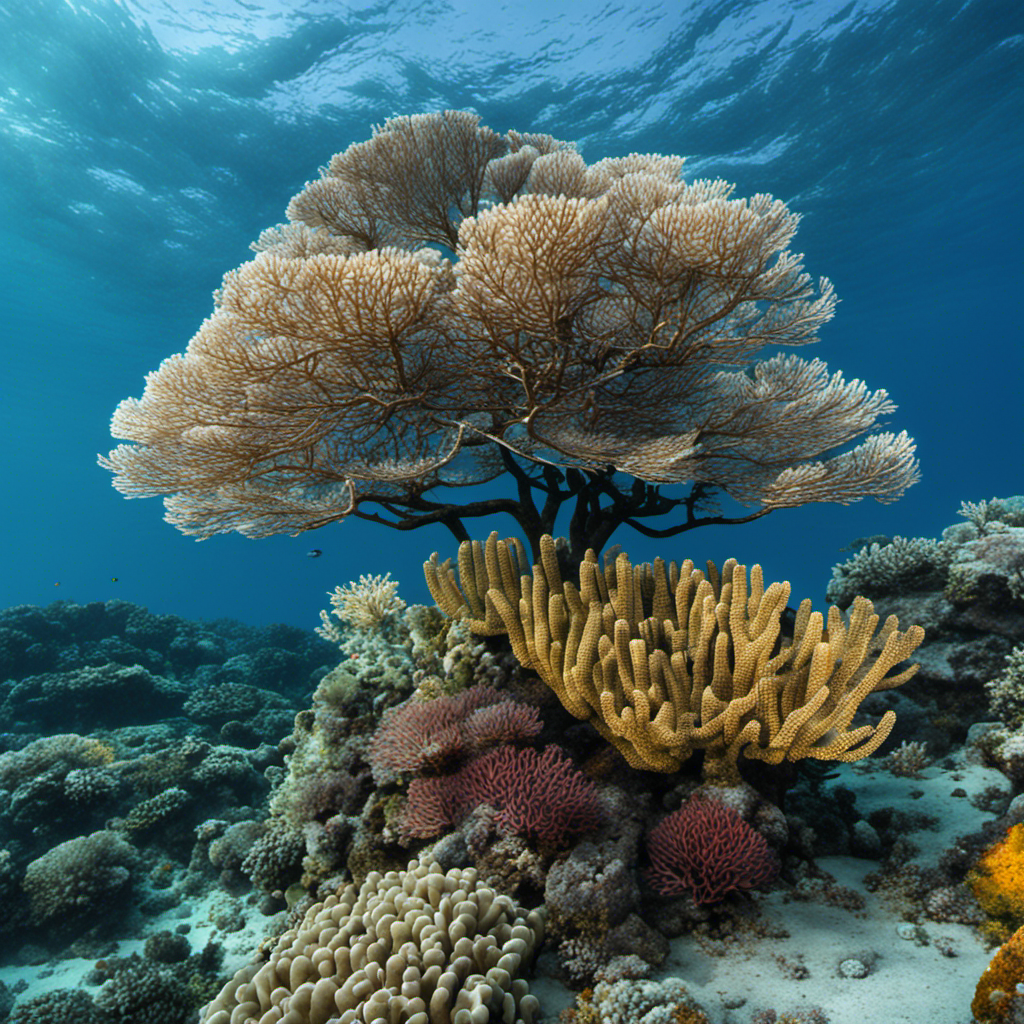
For the first time, researchers have seeded part of an offshore wind turbine with thousands of coral larvae. If the larvae latch onto the structure and flourish, turbines in tropical waters could become havens for struggling corals. The project, called ReCoral, is a partnership between Danish energy company Ørsted and researchers at Penghu Marine Biology Research Centre in Taiwan.
First, the scientists collected coral sperm and eggs during a spawning event off the coast of Taiwan, just 50 kilometres north of Ørsted’s new set of offshore wind farms. They then brought the spawn back to their lab in the city of Magong on Penghu’s largest island.
After five days of incubation, there were swimming larvae ready to settle and grow into corals. At low tide, the researchers secured a metal screen to a steel wind turbine base around 1 metre below the water level to provide enough sunlight for the algae that live within corals to photosynthesise.
The temperature of deeper water tends to be more stable, so the corals may avoid bleaching events
The researchers then poured thousands of larvae behind the screen to encourage them to attach to the foundation. After four days, they removed this barrier with the hope that the larvae had settled onto their new homes.
Because most corals grow just centimetres each year, it will be months or even years before it is clear if they can thrive on the turbines. The temperature of the deeper water around them tends to be more stable than it is in shallower areas, so these corals may avoid warm-water bleaching events that strike natural reefs.
If a diverse and healthy reef starts to form, Ørsted plans to expand the project to other turbines.
